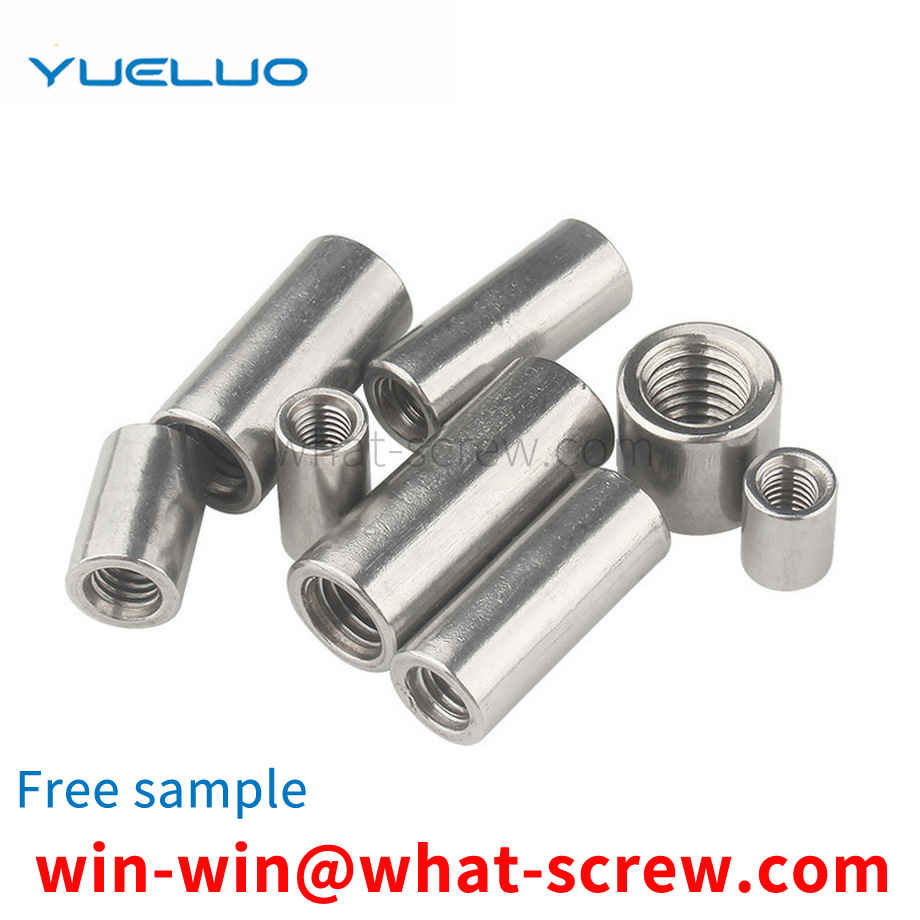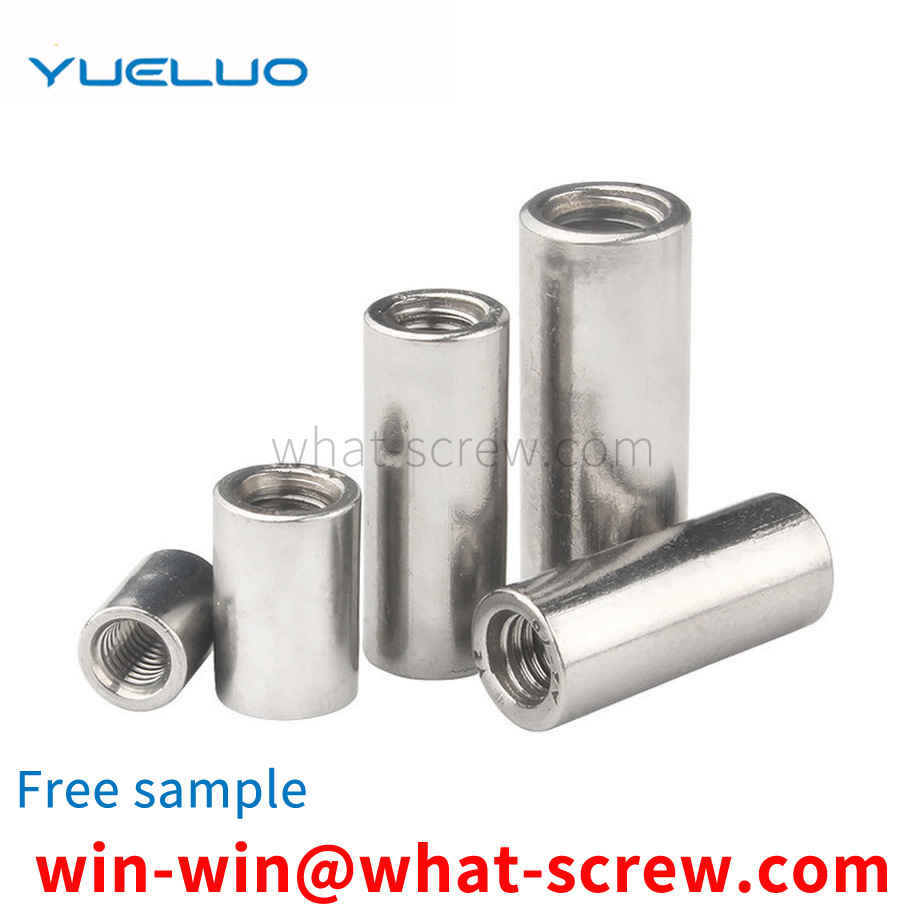Embedding of fasteners, especially screws. The main point of the structure is that it includes an annular base, one at the base and a plurality of cylindrical tubes on the base, and the cylindrical tubes and the cylindrical tubes on the base are connected by ribs. Cylindrical tubes are used as fixing holes and fastener pre-embedded holes respectively. The product is fixed on the formwork that needs to use screw points through the fixing holes. After the concrete is poured into the floor, the embedded screw parts are pre-embedded, and the floor has embedded screw holes for hanging the installation objects with screws. . Avoid future re-drilling damage to the wall and floor. Guangdong Yueluo Hardware Industry Co., Ltd. has a simple and scientific structure, easy pre-embedding, strong tensile strength and firmness.
M4 grounding screw used to fix the grounding wire on household appliances and other equipment, the stud is cylindrical, and the thread is perpendicular to the end (section) surface. However, the screw holes on the equipment all have tapping guide grooves for sinking and guiding due to the manufacturing process requirements. When fixing the ground wire, if the screw is not positioned accurately (the screw is inclined), the screw is pressed down hard, which is easy to cause the screw and the screw. The screw hole bites the teeth, and after biting the teeth, it is easy to cause the screw to loosen or fall off, posing a safety hazard.
At present, most of the cylindrical pin press-fitting is to put the product into the positioning position of the lower die first, and then take a cylindrical pin and put it into a cylindrical pin positioning hole that is concentric and perpendicular to the hole in which the product is pressed, or put it on the product. , the pin needs to have a positioning guide; or it is fixed on the top of the indenter so that it will not fall, and then the press is completed. In fact, it is difficult to press the small cylindrical pins. To ensure the good quality of the product, it is required to locate accurately, to ensure that the cylindrical pins are concentric and vertical, and to put the cylindrical pins one by one. It is very easy for workers to produce. Fatigue and low efficiency, product quality control is affected by many human factors, resulting in unstable product quality and certain safety hazards in work. On the other hand, in some production lines, the cost of the press-in cylindrical pins is relatively expensive, such as finger cylinders and moving mechanisms, which will put a lot of cost pressure on the equipment investment of small and micro enterprises.
The design of the existing shaft circlip is relatively simple, and the circlip is not fast enough to be fixed in the shaft groove. When the shaft circlip receives the repeated action of radial impact load, it is prone to loosening, which affects the use of the circlip.
1) Scope This standard specifies the lock nut (referred to as nut), the size of the locking device, technical requirements, acceptance rules and measurement methods. This standard applies to the design, production, inspection and user acceptance of nuts and locking devices for tapered bushings. 2) Terminology The terms used in this standard conform to the provisions of GB/T 6930. This standard specifies the marking system, index, test method and marking of the mechanical and working performance of the effective torque section steel hexagonal lock nut. This standard is applicable to coarse thread 6H class nuts made of carbon steel or alloy steel, the width across the sides conforming to the provisions of GB 3104, the nominal height is ≥ 0.8D, and the guaranteed load and effective torque need to be specified, and the thread diameter is 3 ~ 39mm. Except for the effective torque part, the thread size and tolerance are specified in GB 193, GB 196 and GB 197. The working temperature range of the nut should be in accordance with: All-metal nut without electroplating treatment: -50℃~+300℃. All-metal nuts with electroplating treatment: -50℃~+230℃; nuts embedded with non-metallic elements: -50℃~+120℃. This standard does not apply to nuts with special performance requirements (such as weldability and corrosion resistance). For stainless steel and non-ferrous metals with fine pitch lock nuts or thin nuts made of carbon steel or alloy steel, the performance indicators and test methods of effective torque specified in this standard may be adopted by mutual agreement.
We have many years of experience in the production and sales of screws, nuts, flat washers, etc. The main products are: 304 round head rivets, A-class large washers, six-star handle nuts, metric screws and other products, we can provide you with suitable products for you. Fastener Solutions.



















 Service Hotline
Service Hotline




